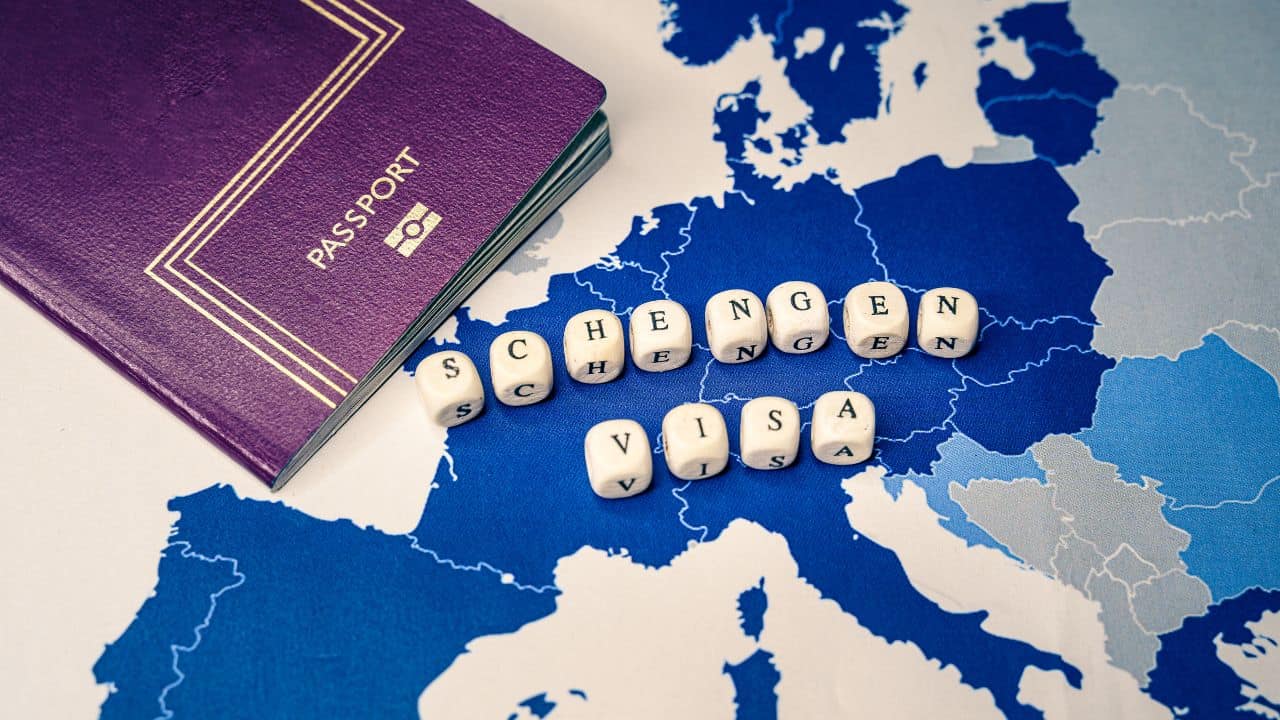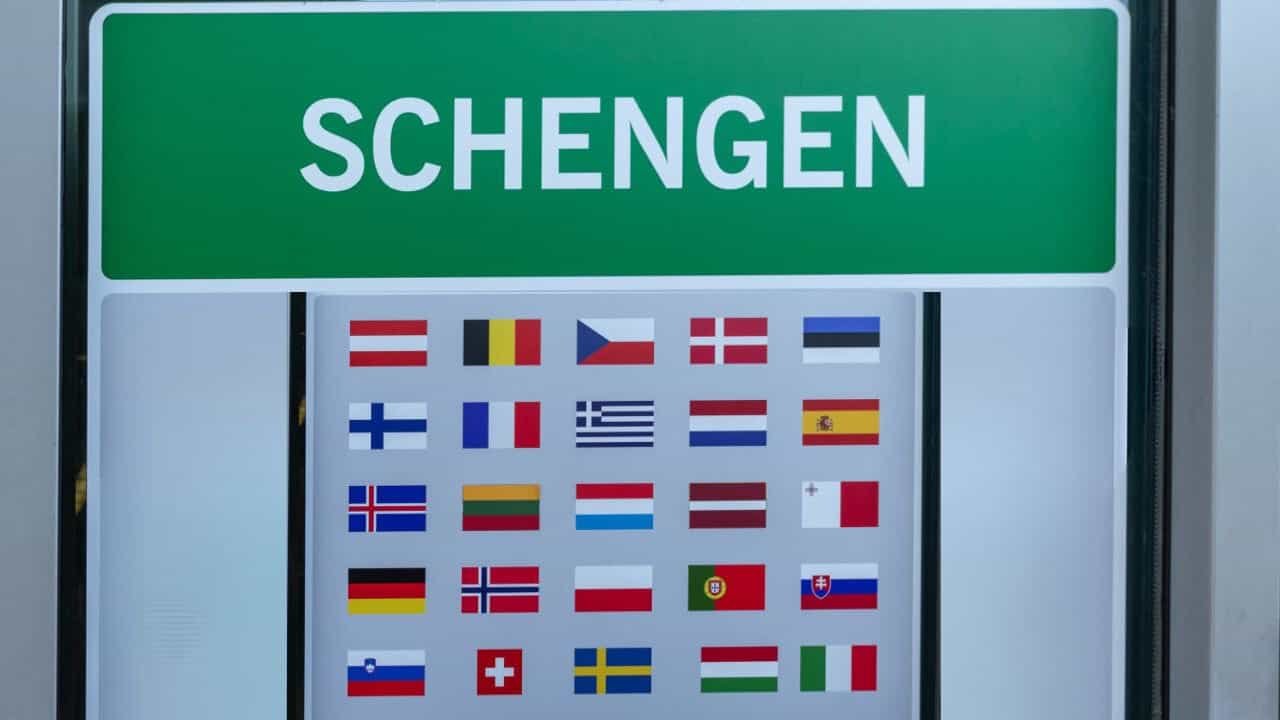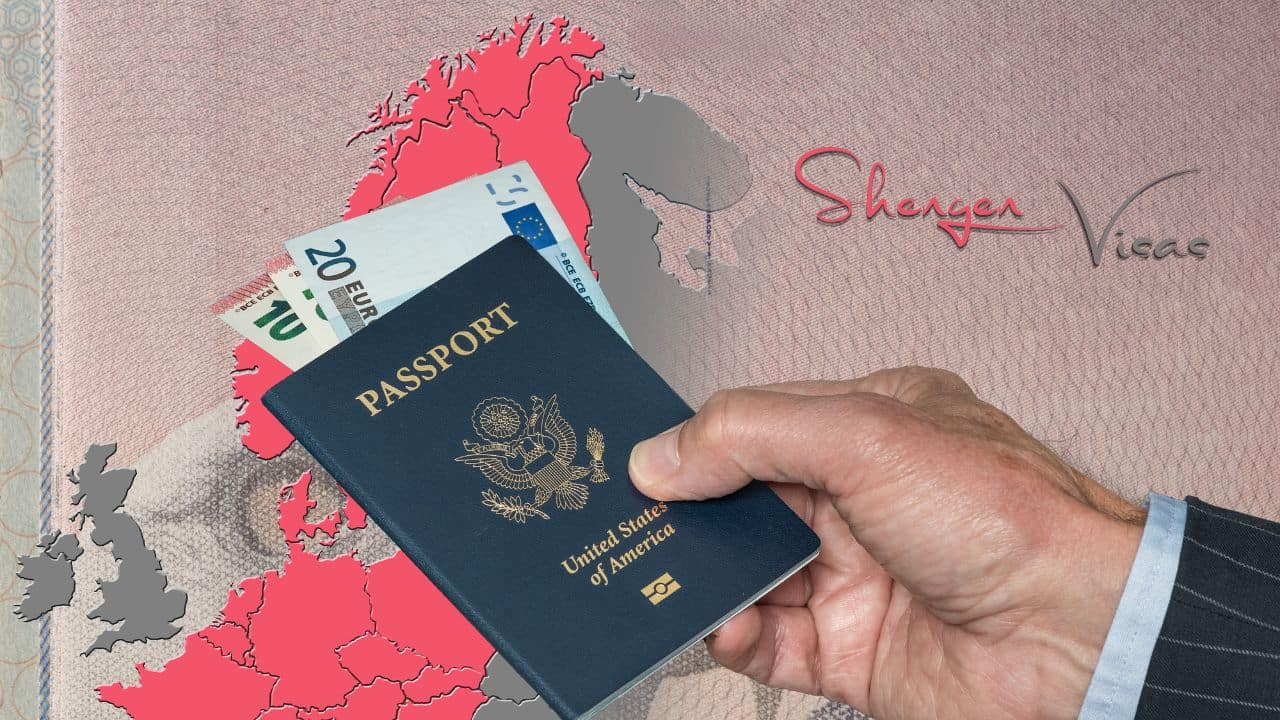Schengen Visa: Who needs it and how do you get it?

(Director’s note: Many countries need visas to enter European countries and the application is lengthy and confusing. American Laura Amber, whose expertise is visas, breaks down the Schengen Visa in a guest blog.)
Nationals other than the United States, United Kingdom, Australia and Canada need to apply for a visa to visit Europe’s Schengen region. Therefore, you must get the desired permit to enter the target country.
Other than that, this visa has additional categories or types depending on the purpose of your travel. Moreover, you will also have to submit a set of documents to the embassy to start your application process.
Worry not, as the following article will help you in this regard. It will highlight the essential documents you must bring to the embassy to speed up your visa application process.
What is a Schengen Visa?
The other name of the Schengen visa is a short-stay visa. Besides, you can travel to any Schengen nation with a Schengen visa, but entry into the Schengen region is not guaranteed.
Therefore, if the visa holder cannot provide essential documents proving the reason for their trip and its details, the border officials have the right to deny them entry.

List of the Schengen countries
The Schengen area includes 29 European countries. Moreover, these states are without border control checks between them. For example,
- Austria
- Belgium
- Bulgaria
- Croatia
- The Czech Republic
- Denmark
- Estonia
- Finland
- France
- Germany
- Greece
- Hungary
- Iceland
- Italy
- Latvia
- Liechtenstein
- Lithuania
- Luxembourg
- Malta
- The Netherlands
- Norway
- Poland
- Portugal
- Romania
- Slovakia
- Slovenia
- Spain
- Sweden
- Switzerland
Visa fee
When you apply for a Schengen visa, the embassy requires you to submit a specific amount as the application fee. Please note that it is necessary and you cannot get it back even if your visa gets rejected.
Besides, this amount of visa fee depends on various factors. For instance, this may include,
- Your nationality
- The duration of your stay in the target country
- The purpose of your trip
Furthermore, the standard Schengen visa fee for an adult is 80 euros. On the other hand, children between the ages of 6 to 12 may cost 40 euros. Surprisingly, if you have a minor under six, they are free to visit the Schengen region. You can deposit this amount either through cash or a credit card.

Processing time
The embassy may normally take at least 15 to 30 days to process your Schengen visa. However, the processing time for a Type D or national visa can be extended for up to forty-five days.
Moreover, the length of the processing time usually depends on different elements. For example, the following are the most important ones.
- Your home country
- The number of applications the embassy receives
- The complexity of your application
Also, make sure that you submit your application in advance before the intended date of your departure. This is because the visa processing time varies as per the visa type. Moreover, you should not leave your plans for last-minute decisions.
Varieties of Schengen Visas
A Schengen visa is further classified into additional categories. These depend on the length and purpose of travel to the destination country. Therefore, consider analyzing the following visa types to choose the most appropriate one.
- You can apply for a visit/tourist visa to visit a friend or a family member in the Schengen region. Besides, you can also use it for pleasure or tourism purposes.
- A student visa will help you continue your studies at the desired Schengen university or college. But before moving ahead, ensure that the institute provides you with an enrollment letter.
- You can also conduct business activities in the Schengen zone with a business visa. However, if the embassy restricts you from certain actions, the permit will indicate this.
- A Limited Territorial Visa is an additional visa that allows you to enter and exit a single nation. These are typically only granted in urgent situations where getting a regular visa to enter Europe is impossible.
- Non-Schengen state nationals can use the type A visa to pass through airports in Schengen countries or to wait for a connecting flight in the international area. A type A visa holder is prohibited from entering the specified Schengen nation.
- The Type C visa is the most popular kind of the Schengen visa. It is issued by a nation that is a part of the Schengen area’s visa services. Moreover, you can examine the Schengen visa entry requirements to see if you require a category C Schengen visa.
- The long-stay Schengen or Type D visa is the national visa. Any foreign national who wants to study, work, or reside in a Schengen nation for more than 90 days (up to a year) must have it.
Legal documents required
You must submit some standard documents to the embassy when applying for a Schengen visa. Besides, certain additional essentials depending on your visa type are also required. This section will highlight the legal visa requirements for you.
- A diplomat passport
- You must fill out a visa application form and submit it to the embassy.
- Moreover, you can submit two to three recent pictures with a dimension of 35*40mm.
- Other than that, if you have been to any Schengen country in the past, you can attach copies of the previous visas as well.
- Furthermore, you must provide proof of a roundtrip ticket reservation. This is necessary to disclose your flight and travel plans.
- The embassy may want you to submit proof of accommodation to show that you have managed your stay in the target country.
- Besides, buying travel and medical insurance is an important Schengen visa requirement.
- Lastly, the authorities also want to see that you can support your stay in the destination country. For this purpose, you can submit your financial documents.

You can find the rest of the additional documents as per the visa type below:
Visit/tourist visa. t may require you to submit a letter of invitation or a sponsorship letter. This is especially important if a host such as a friend or a family member invites you to the destination country.
Business/work visa. It is essential to submit the following documents when applying for a business or work visa.
- Employment contract
- Bank statement
- Business license or registration card
- Certificate of Retirement
Student visa. Lastly, a student visa requires you to have a confirmation letter from the recipient university/college, a bank statement proving that you paid the academic fee, and a copy of previous transcripts.

